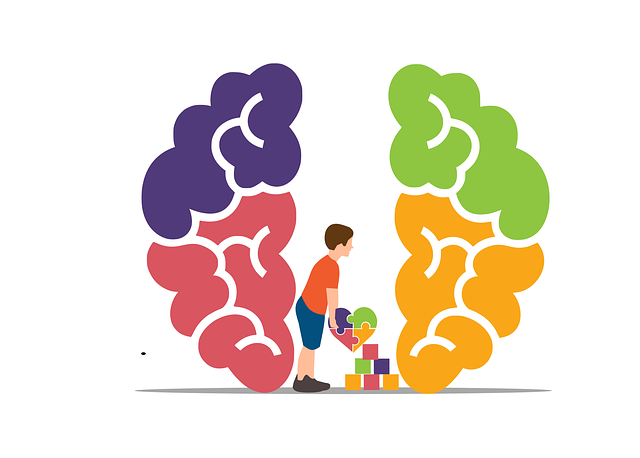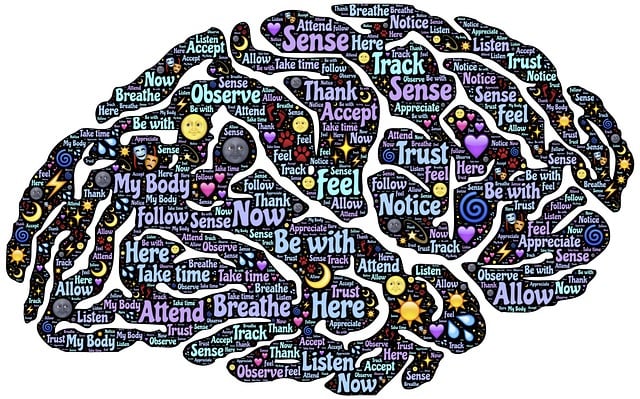Mental wellness programs encompass diverse evidence-based practices, with Parker Conduct Disorder Therapy (PCDT) offering specialized treatment for conduct disorders in youth through cognitive-behavioral techniques and self-awareness exercises. Evaluation is crucial using both quantitative (standardized tools like PCDT scales to track behavioral symptoms) and qualitative methods (interviews, focus groups to understand subjective experiences). This mixed-methods approach, including surveys, statistical analyses, and qualitative insights, provides a holistic view of program effectiveness, enhancing decision-making for continuous improvement in mental wellness support.
Mental wellness programs are crucial for fostering resilience and well-being, yet effective evaluation remains a challenge. This article explores various methods to assess these programs, from quantitative techniques like measuring program effectiveness through statistical analysis to qualitative methods that uncover participants’ experiences and perspectives. A key focus is the Parker Conduct Disorder Therapy (PCDT) approach, highlighting its unique role in mental wellness evaluations. Additionally, mixed-methods evaluation is discussed as a comprehensive strategy integrating both quantitative and qualitative insights.
- Understanding Mental Wellness Programs and Their Evaluation
- Parker Conduct Disorder Therapy: A Key Methodological Approach
- Quantitative Assessment Techniques for Program Effectiveness
- Qualitative Methods: Uncovering Participants' Perspectives
- Mixed-Methods Evaluation: Integrating Quantitative and Qualitative Insights
Understanding Mental Wellness Programs and Their Evaluation

Understanding Mental wellness programs is pivotal to their effective evaluation. These initiatives, designed to enhance psychological well-being and address various mental health challenges, encompass a spectrum of evidence-based practices tailored to individual needs. From cognitive-behavioral therapy for conditions like Parker Conduct Disorder to compassion cultivation practices, each approach offers unique pathways to resilience and growth.
Evaluation methods play a crucial role in assessing the impact and effectiveness of these programs. They provide insights into participants’ progress, identify areas for improvement, and ensure alignment with desired outcomes. Integrating methodologies that capture qualitative and quantitative data—such as Mental Wellness Journaling Exercises for self-reflection and Mental Wellness Coaching Programs for personalized guidance—allows for a comprehensive understanding of program success. This holistic evaluation informs development, enabling the refining and optimising of practices to better serve those seeking mental wellness support.
Parker Conduct Disorder Therapy: A Key Methodological Approach

Parker Conduct Disorder Therapy (PCDT) stands as a robust methodological approach within mental wellness program evaluations, particularly tailored to address conduct disorders in youth. This evidence-based practice leverages structured techniques and strategies to target maladaptive behaviors, promoting positive changes in emotional regulation, social skills, and decision-making abilities. PCDT incorporates elements of cognitive-behavioral therapy, emphasizing the importance of self-awareness exercises for both clients and mental health professionals.
Beyond its therapeutic benefits, PCDT seamlessly integrates with broader Mental Health Policy Analysis and Advocacy efforts. By systematically evaluating program outcomes, risk assessments can be conducted to identify potential hazards faced by individuals engaging in these programs. This data-driven approach allows for continuous improvement of interventions, ensuring that self-awareness exercises remain relevant and effective in addressing conduct disorders.
Quantitative Assessment Techniques for Program Effectiveness

Quantitative assessment techniques play a crucial role in evaluating the effectiveness of mental wellness programs, offering structured and measurable ways to gauge progress. One widely recognised method is the use of standardised assessments tools, such as the Parker Conduct Disorder Therapy (PCDT) scale. This instrument quantifies behavioural symptoms associated with conduct disorders, enabling researchers or practitioners to track changes over time. By administering these tools before and after program participation, professionals can assess the impact on specific mental health domains.
Furthermore, quantitative methods allow for comparison between different programs, facilitating evidence-based decision-making. Metrics like self-esteem improvement, mood management, and mindfulness meditation practice frequency can be objectively measured through surveys or app data. This data-driven approach ensures that program improvements are grounded in empirical evidence, benefitting both individual participants and the broader mental wellness community.
Qualitative Methods: Uncovering Participants' Perspectives

Qualitative methods play a pivotal role in evaluating mental wellness programs as they offer a deep dive into participants’ perspectives and experiences. Unlike quantitative approaches that focus on numbers and statistics, qualitative research aims to understand the ‘why’ and ‘how’ behind behaviors and attitudes. Through tools such as interviews, focus groups, and surveys with open-ended questions, researchers can gain valuable insights into the subjective wellbeing of individuals engaged in programs like Parker Conduct Disorder Therapy.
This method is particularly effective for exploring complex issues related to mental health, where personal interpretations and feelings are integral to understanding the program’s impact. For instance, participants may share their perceptions about the effectiveness of Stress Management Workshops Organization initiatives or their emotional responses to specific Emotional Well-being Promotion Techniques used within the therapy setting. By analyzing these perspectives, evaluators can identify areas of success, unmet needs, and potential improvements in mental health awareness programs.
Mixed-Methods Evaluation: Integrating Quantitative and Qualitative Insights

Mixed-Methods Evaluation offers a comprehensive approach to understanding the effectiveness of mental wellness programs by seamlessly integrating quantitative and qualitative data collection methods. This strategy is particularly valuable when evaluating complex interventions like Parker Conduct Disorder Therapy (PCDT), which aims to address behavioral issues while enhancing emotional well-being.
By combining surveys, statistical analyses, and in-depth interviews or focus groups, researchers can gain a multi-faceted perspective. Quantitative measures provide objective data on outcomes such as symptom severity reduction, while qualitative insights uncover participants’ subjective experiences with the program, including their perceptions of Mood Management techniques and Emotional Well-being Promotion exercises like journaling. This integrated evaluation method enhances the richness of findings, allowing for a more nuanced understanding of both the program’s impact and the individual participant’s journey towards mental wellness.
Mental wellness programs are best evaluated using a multifaceted approach, incorporating both quantitative and qualitative methods. Techniques like Parker Conduct Disorder Therapy offer valuable insights into behavioral changes, while quantitative assessments gauge program effectiveness on a larger scale. Qualitative methods provide deep understanding of participants’ experiences, enriching the evaluation process. By combining these approaches, such as integrating mixed-methods, mental health professionals can gain a holistic view of program impact and make informed improvements to better serve those in need.














